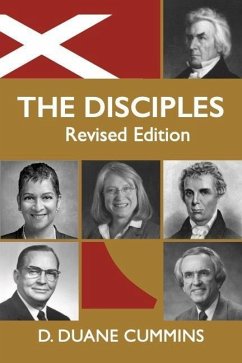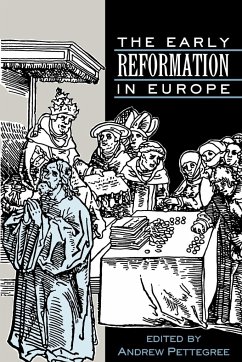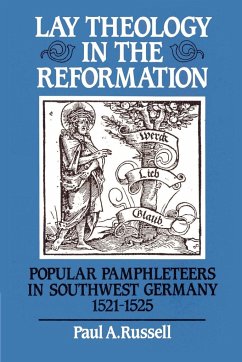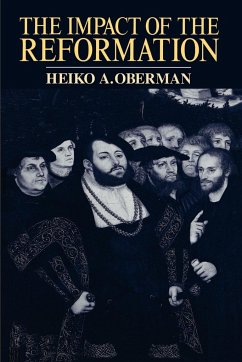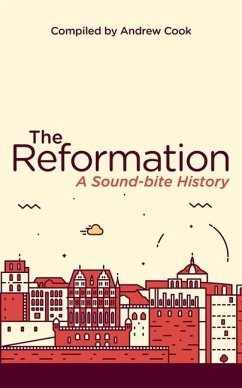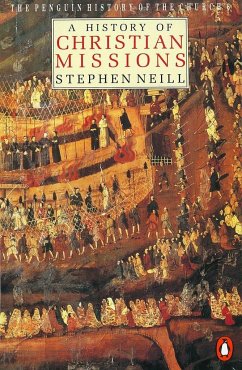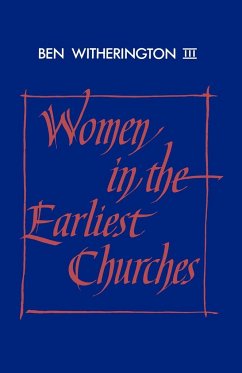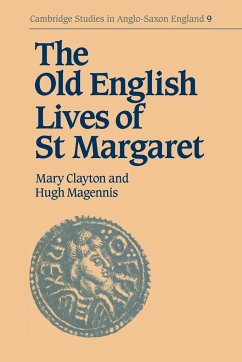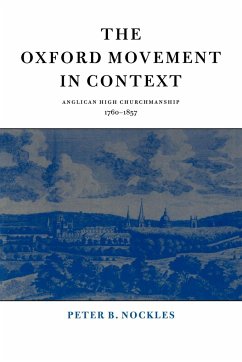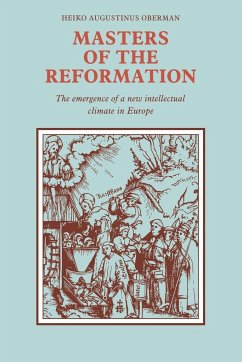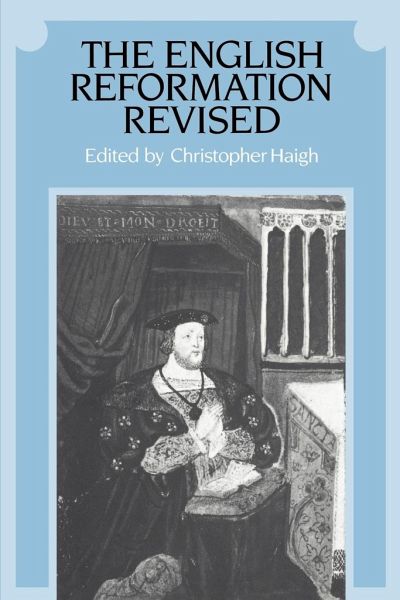
The English Reformation Revised
Versandkostenfrei!
Versandfertig in 1-2 Wochen
59,99 €
inkl. MwSt.

PAYBACK Punkte
30 °P sammeln!
Twenty years ago, historians thought they understood the Reformation in England. Professor A. G. Dickens's elegant The English Reformation was then new, and highly influential: it seemed to show how national policy and developing reformist allegiance interacted to produce an acceptable and successful Protestant Reformation. But, since then, the evidence of the statute book, of Protestant propagandists and of heresy trials has come to seem less convincing, Neglected documents, especially the records of diocesan administration and parish life, have been explored, new questions have been asked - ...
Twenty years ago, historians thought they understood the Reformation in England. Professor A. G. Dickens's elegant The English Reformation was then new, and highly influential: it seemed to show how national policy and developing reformist allegiance interacted to produce an acceptable and successful Protestant Reformation. But, since then, the evidence of the statute book, of Protestant propagandists and of heresy trials has come to seem less convincing, Neglected documents, especially the records of diocesan administration and parish life, have been explored, new questions have been asked - and many of the answers have been surprising. Some of the old certainties have been demolished, and many of the assumptions of the old interpretation of the Reformation have been undermined, in a wide-ranging process of revision. But the fruits of the new 'revisionism' are still buried in technical academic journals, difficult for students and teachers to find and to use. There is no up-to-date textbook, no comprehensive new survey, to challenge the orthodoxies enshrined in older works. This volume seeks to fulfill two crucial needs for students of Tudor England. First, it brings together some of the most readable of the recent innovative essays and articles into a single book. Second, it seeks to show how a new 'revisionist' interpretation of the English Reformation can be constructed, and examines its strengths and weaknesses. In short, it is an alternative to a new textbook survey - until someone has time (and courage) to write one. The new Introduction sets out the framework for a new understanding of the Reformation, and shows how already published work can be fitted into it. The nine essays (one printed here for the first time) provide detailed studies of particular problems in Reformation history, and general surveys of the progress of religious change. The new Conclusion tries to plug some of the remaining gaps, and suggests how the Reformation came to divide the English nation. It is a deliberately controversial collection, to be used alongside existing textbooks and to promote rethinking and debate.
Table of contents:
List of illustrations; Acknowledgements; Preface; List of abbreviations; Introduction Christopher Haigh; 1. The recent historiography of the English Reformation Christopher Haigh; 2. Chruch courts and the Reformation in the diocese of Chichester, 1500-58 Stephen Lander; 3. Anticlericalism and the English Reformation Christopher Haigh; 4. The Henrician reformation and the parish clergy Margaret Bowkler; 5. Popular reactions to the Reformation during the years of uncertainty, 1530-70 D. M. Palliser; 6. The local impact of the Tudor Reformations Ronald Hutton; 7. Revival and reform in Mary Tudor's Church: a question of money R. H. Pogson; 8. Bonner and the Marian persecutions Gina Alexander; 9. The continuity of Catholicism in the English Reformation Christopher Haigh; Conclusion Christopher Haigh; Index.
Table of contents:
List of illustrations; Acknowledgements; Preface; List of abbreviations; Introduction Christopher Haigh; 1. The recent historiography of the English Reformation Christopher Haigh; 2. Chruch courts and the Reformation in the diocese of Chichester, 1500-58 Stephen Lander; 3. Anticlericalism and the English Reformation Christopher Haigh; 4. The Henrician reformation and the parish clergy Margaret Bowkler; 5. Popular reactions to the Reformation during the years of uncertainty, 1530-70 D. M. Palliser; 6. The local impact of the Tudor Reformations Ronald Hutton; 7. Revival and reform in Mary Tudor's Church: a question of money R. H. Pogson; 8. Bonner and the Marian persecutions Gina Alexander; 9. The continuity of Catholicism in the English Reformation Christopher Haigh; Conclusion Christopher Haigh; Index.





